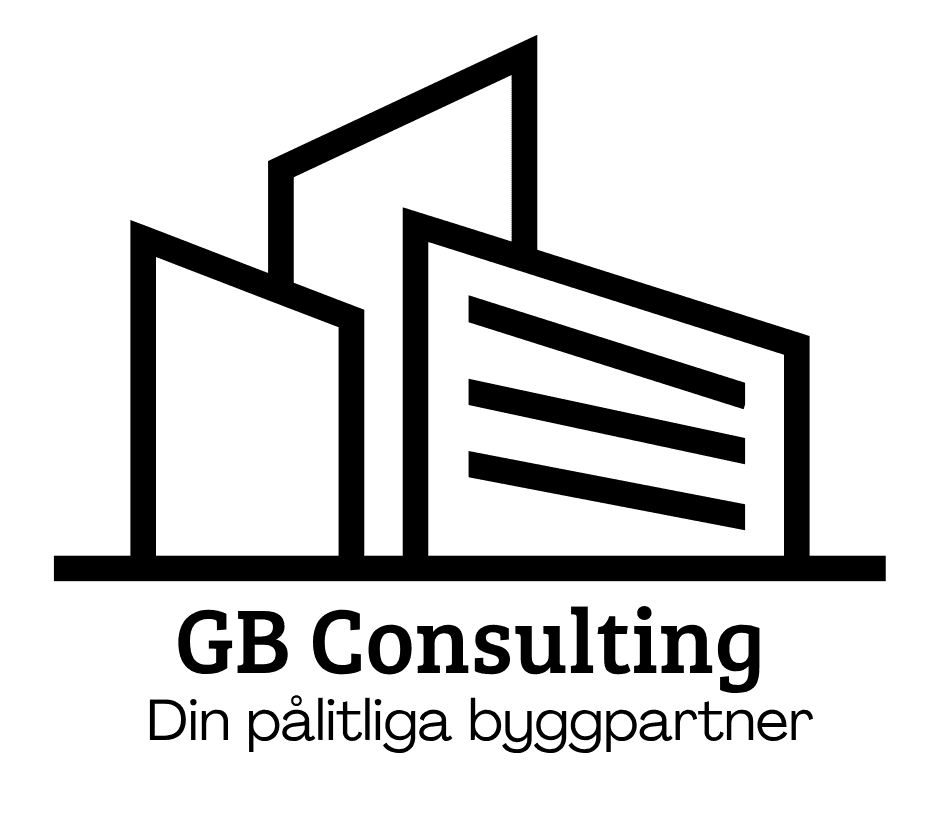DIY Business Optimization: Tips from GB Consulting Experts
Understanding Business Optimization
Business optimization involves refining processes and strategies to enhance efficiency and productivity. At GB Consulting, we believe that a DIY approach to business optimization can be highly beneficial for small to medium-sized enterprises. By leveraging the right tools and methods, businesses can achieve significant improvements without major investments.
Optimization is not a one-time task but a continuous process. It requires a clear understanding of your current operations and the identification of areas that need improvement. This understanding forms the foundation of effective optimization strategies.

Identifying Key Areas for Improvement
To start optimizing, first identify key areas where improvements can make the most significant impact. These may include:
- Operational efficiency
- Customer experience
- Financial management
- Marketing strategies
Begin by conducting a thorough analysis of these areas. Gather relevant data, seek feedback from employees and customers, and use this information to pinpoint specific issues and opportunities.
Streamlining Operational Processes
Operational efficiency is crucial for scalability and profitability. Consider the following steps to streamline processes:
- Automate routine tasks using technology solutions.
- Implement standardized procedures to reduce variability.
- Encourage open communication to quickly address bottlenecks.
Automation tools, in particular, can significantly reduce the time and effort spent on repetitive tasks, allowing your team to focus on more strategic activities.

Enhancing Customer Experience
Improving the customer experience can lead to increased loyalty and higher sales. Focus on understanding customer needs and preferences through surveys and feedback mechanisms. Use this data to tailor your products and services accordingly.
Consider implementing customer relationship management (CRM) tools to keep track of interactions and personalize the customer journey. By providing exceptional service, you can differentiate your business from competitors.
Optimizing Financial Management
Effective financial management is key to sustaining growth. Regularly review financial statements to identify trends and areas of concern. Optimize cash flow by managing receivables and payables efficiently.
- Set clear budgets and financial goals.
- Use accounting software to track expenses and revenues.
- Continuously seek ways to reduce costs without compromising quality.

Enhancing Marketing Strategies
Marketing is an essential component of business optimization. Evaluate your current marketing strategies and identify which channels are delivering the best ROI. Consider diversifying your approach by exploring digital marketing, content marketing, and social media.
Regularly update your marketing plan to reflect changing market conditions and consumer behavior. By staying agile, you can quickly adapt to new opportunities and challenges.
In conclusion, DIY business optimization requires a proactive approach and a commitment to continuous improvement. By focusing on key areas such as operations, customer experience, financial management, and marketing, businesses can achieve sustainable growth and success.

